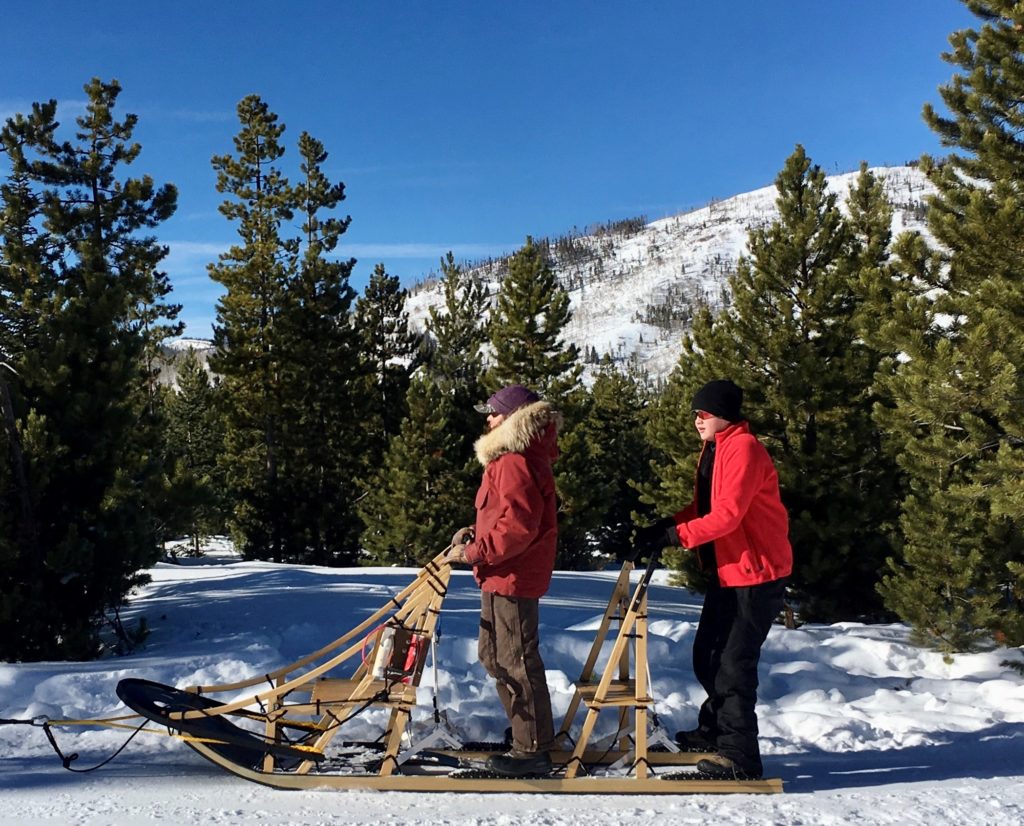SAD is a type of depression that tends to happen around the same time every year as the days get shorter. Research indicates that the shorter days and less light may cause changes in our brain, altering our neurotransmitters like serotonin causing certain depression symptoms.
Symptoms of SAD tend to include:
- Lower energy levels and irritability
- Feeling tired or fatigued and an increased need for sleep
- Increase in appetite and weight gain
- Isolating and wanting to be alone
Like other causes of depression, sometimes lifestyle changes can help significantly to treat the symptoms. Here are few to keep in mind:

Move your body
For some the excitement is brewing for the holidays, for others this time of year can be difficult to get through. One reason maybe something called Seasonal Affective Disorder, or SAD.
- Getting outdoors especially in the morning when the sun comes up (or even when cloudy)
- Regular exercise, ideally outdoors such as walking, with a goal of 30 minutes, five times per week. If 30 minutes is too much, even 10 minutes of exercise can make a difference.
Bring color to your kitchen
Focusing on healthy nutrition can help with your SAD symptoms
- Have a colorful plate for a meal or snack using lean proteins (meats, eggs, dairy and nuts).
- With less fresh produce this time of year, try frozen berries. The richer and darker the color, the more nutritious punch it packs.
- Add lots of green veggies (mixing spinach and berries to a smoothie is a great way to get your super foods in, and throw in some flax or hemp seeds as well)
- Try colorful whole grain carbohydrates (sweet potatoes instead of regular potatoes, quinoa or wild rice instead of white rice)
- With the world outside becoming more gray, adding color to your walls might even give you a boost.
Let there be light
Another treatment that maybe helpful for SAD is light therapy. Specific light therapy is thought to help regulate neurotransmitters associated with mood and sleep. While light therapy does not require a prescription, I recommend talking with your doctor to find out what may be right for you. Look for a light therapy box that emits as little UV radiation as possible and avoid direct eye contact with the light. Avoid tanning beds or lights that emits excessive UV radiation.
See a doctor and consider therapy
If you are experiencing more severe symptoms it’s may be time to talk to your doctor. Treatments that work for other types of depression such as therapy or antidepressants maybe helpful for SAD as well.
Talk therapy can also help, especially if this time of year brings other negative moods related to the holidays themselves. Holidays can exacerbate underlying family issues such as loss and grief. Therapy can help you steer away from self-medication with alcohol or drug use. For persons with a history in this area, SAD and the holidays can exacerbate the condition or result in a relapse. Talking about these issues with a therapist can help.
For me, winter is not my favorite season and sometimes I can feel a bit sad, but I can also choose to embrace it for what it is, not what I want it to be.
That said, I miss being outdoors as much this time of year but I still get out.
(And I still) … hope to see you on the trails.

